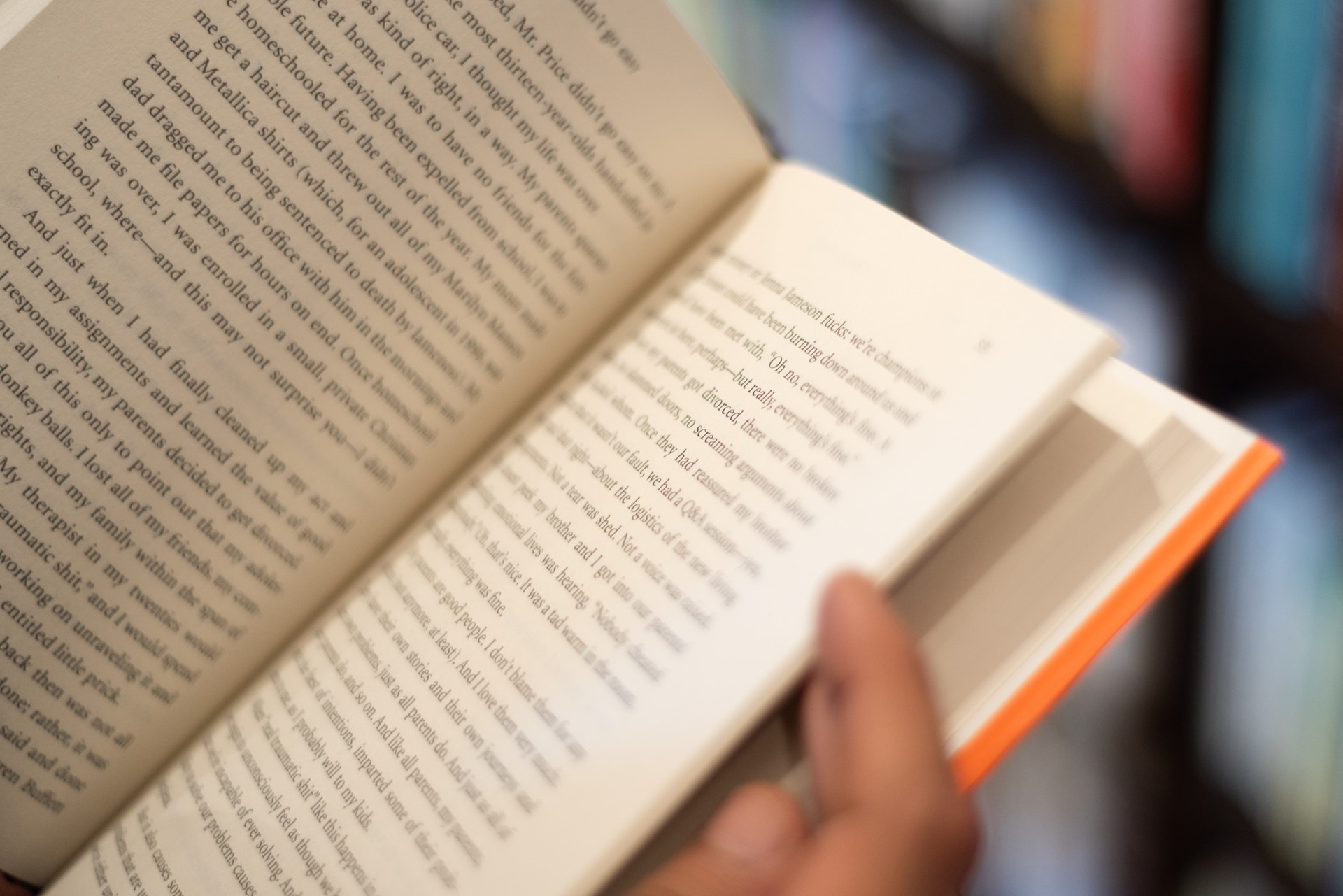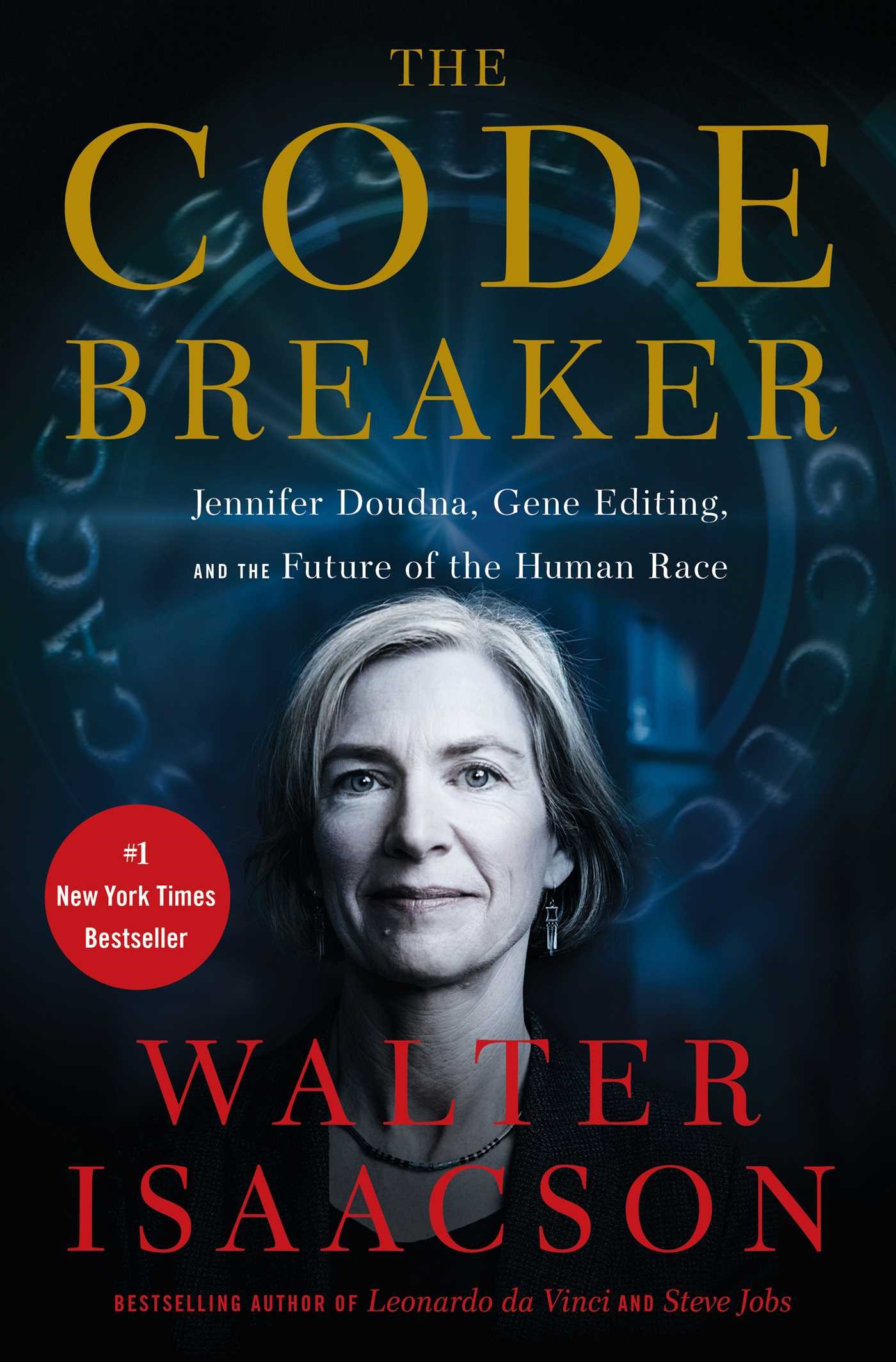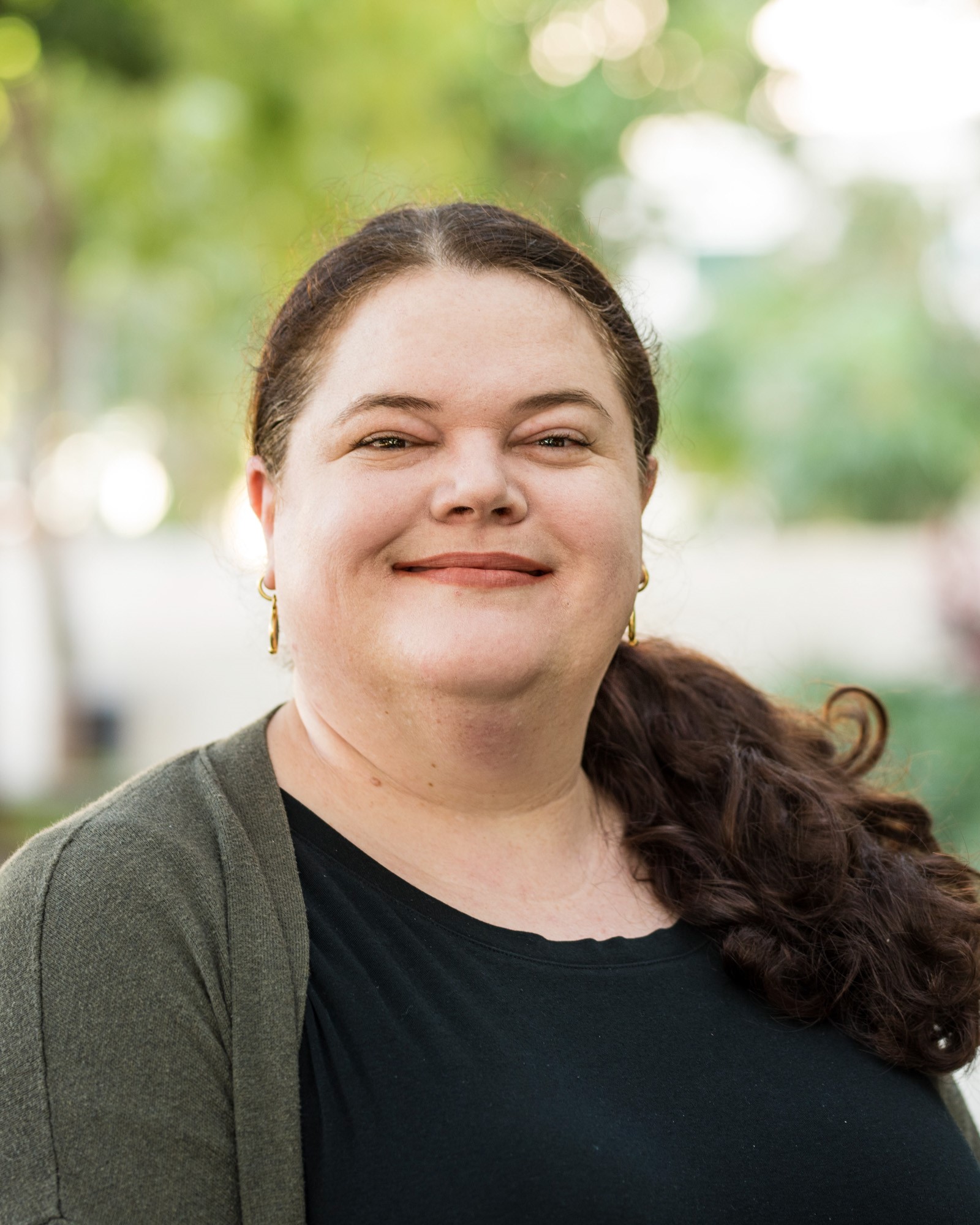

How far should humankind take its ability to alter genetic make-up?
That is just one question considered in "The Code Breaker" by Walter Isaacson, bestselling author of "Leonardo da Vinci" and "Steve Jobs." The fascinating biography of American biochemist Jennifer Doudna is a compelling tale of the revolution now happening in the study of DNA.
Doudna grew up in Hilo, Hawaii, surrounded by a lush and varied natural environment. It was on nature walks with her father and friends that she developed a fascination for the whys of nature. Why did a spider that inhabited the lava-flow caves there evolve to be eyeless? Why did the fern-like leaves of a thorny vine called hilahila, or “sleeping grass,” curl up when you touched them? Noticing her curiosity, Doudna’s father left the book "The Double Helix" by James Watson in her room, in which she learned how Watson and Frances Crick collaborated to decipher the structure of DNA.
Here were the answers she sought. Spurred on by the possibilities of scientific discovery, Doudna’s insatiable inquisitiveness led her to pursue a life as a scientist, defying the popular opinion of the time that this was a man’s world. It was this determination that led her to what Watson himself later told her was “the most important biological advance since the double helix.” In 2020, Doudna and her collaborator Emmanuelle Charpentier received the Nobel Prize in chemistry for the development of a method for genome editing known as CRISPR.
A great storyteller, Isaacson moves smoothly back and forth between the history of DNA and genomic sequencing, and Doudna’s life, keeping the science understandable and interesting, while showing how the biochemist’s strong and collaborative personality led to the momentous discovery that has changed forever our ability to control our health. Indeed, Doudna’s research is even now being used to create stronger vaccines in the battle against COVID-19 and future viruses.
But having achieved a method for genome editing, Doudna and her colleagues will have to confront the moral question of where the boundaries lie. If we can edit our genes to prevent disease or hereditary tendencies towards illness, why not height or eye colour? Could we eradicate depression? With the costs that will be associated with treatment, who gets saved and why?
In this riveting expedition through the world of biochemistry, Isaacson celebrates the scientists that have brought us to the brink of the next leap forward in our understanding of human nature and how it might be altered to make us stronger, healthier and more resilient.
"The Code Breaker" is available for purchase at Next Chapter in Camana Bay.
This article will also appear in the February 2022 print edition of Camana Bay Times.


About the author
Gabrielle Wheaton is a senior executive coordinator at Dart, supporting multiple teams in the company’s real estate, events and business development division. Gabrielle has worked for Dart for 10 years and has lived in the Cayman Islands for the majority of her life. A gifted artist and actress, Gabrielle holds a four-year diploma in Classical Realist Art and has been involved with the Cayman Drama Society since she was a child.